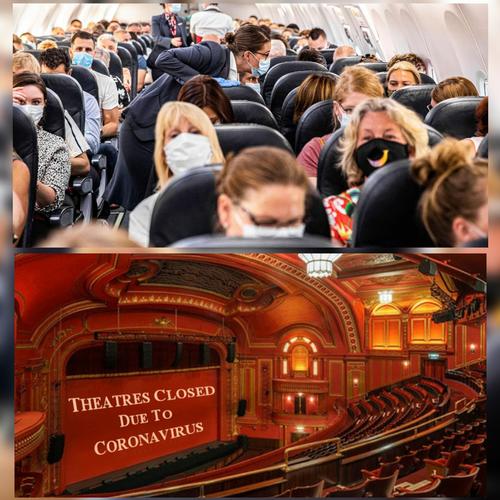A couple of weeks ago, Andrew Lloyd Webber has told a government hearing the air in his theatres is "purer than the air outside".
"I'm absolutely confident that the air in the London Palladium and in all my theatres is purer than the air outside”, he said.
Asked if he had been given an answer about why people could fly on an aeroplane but not attend a theatre show, Lord Lloyd Webber said: "No, I have not had a satisfactory answer."
We raised the same question many times, adding that the whole process of travelling by air has other risks: the queues, the crowds, and so forth.
The aviation industry has been claiming that flying during the pandemic is safer than traveling by bus and train or sitting in a restaurant or a workplace.
But two new international studies have provided stronger evidence that coronavirus can spread on aeroplanes.
The first study, from Vietnam’s National Institute of Hygiene and Epidemiology, appears in the November 2020 edition of the journal Emerging Infectious Diseases. Another study appearing in the same issue of Emerging Infectious Diseases identified four air travellers with severe acute respiratory syndrome COVID-19 infection. They had travelled on a 15-hour flight from Boston to Hong Kong on March 9, 2020.
Both these studies strongly suggest that SARS-CoV-2 can be transmitted on airplanes.
“We conclude that the risk for on-board transmission of SARS-CoV-2 during long flights is real and has the potential to cause Covid-19 clusters of substantial size, even in business class–like settings with spacious seating arrangements well beyond the established distance used to define close contact on airplanes,” concluded the research team. “As long as Covid-19 presents a global pandemic threat in the absence of a good point-of-care test, better on-board infection prevention measures and arrival screening procedures are needed to make flying safe.”

